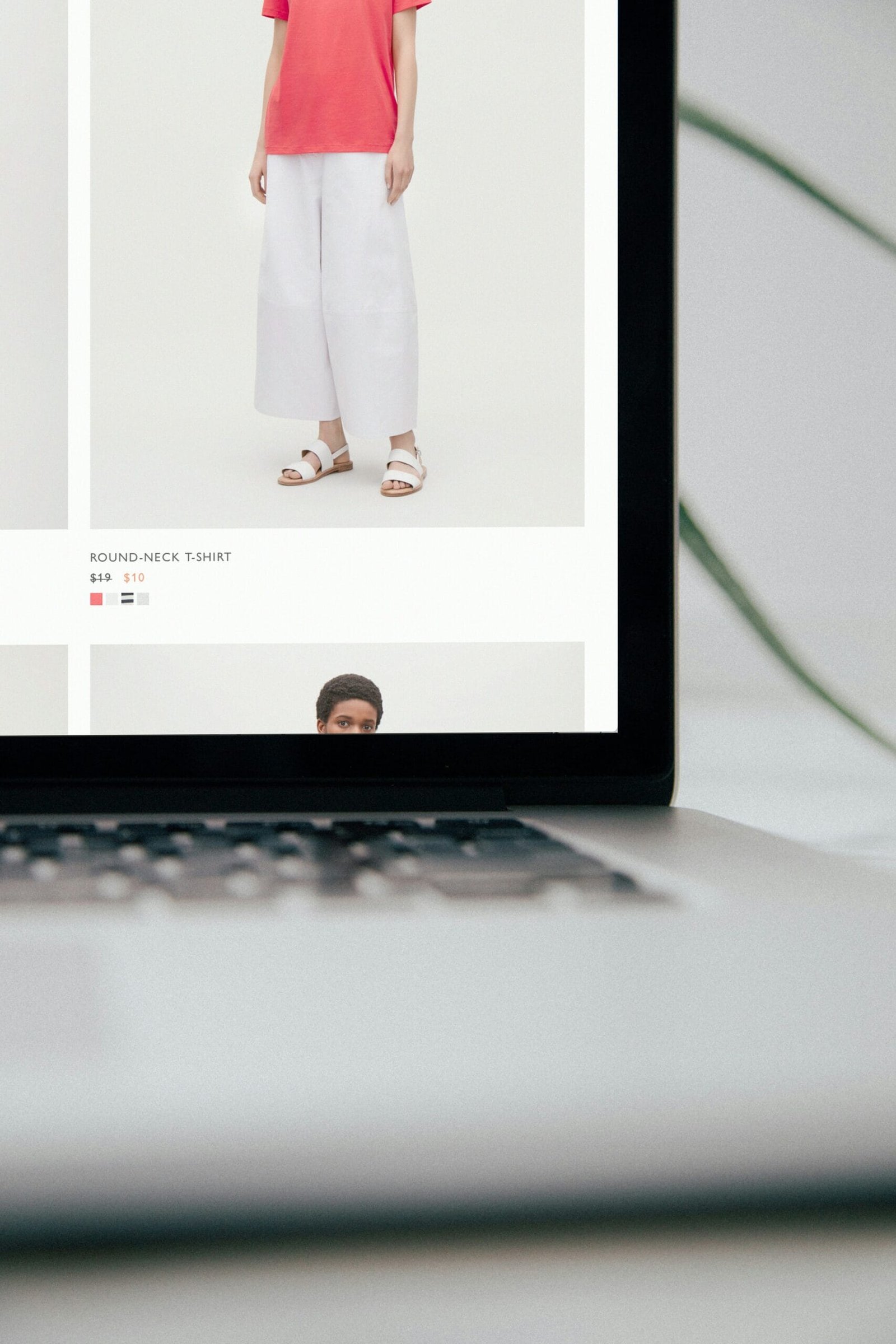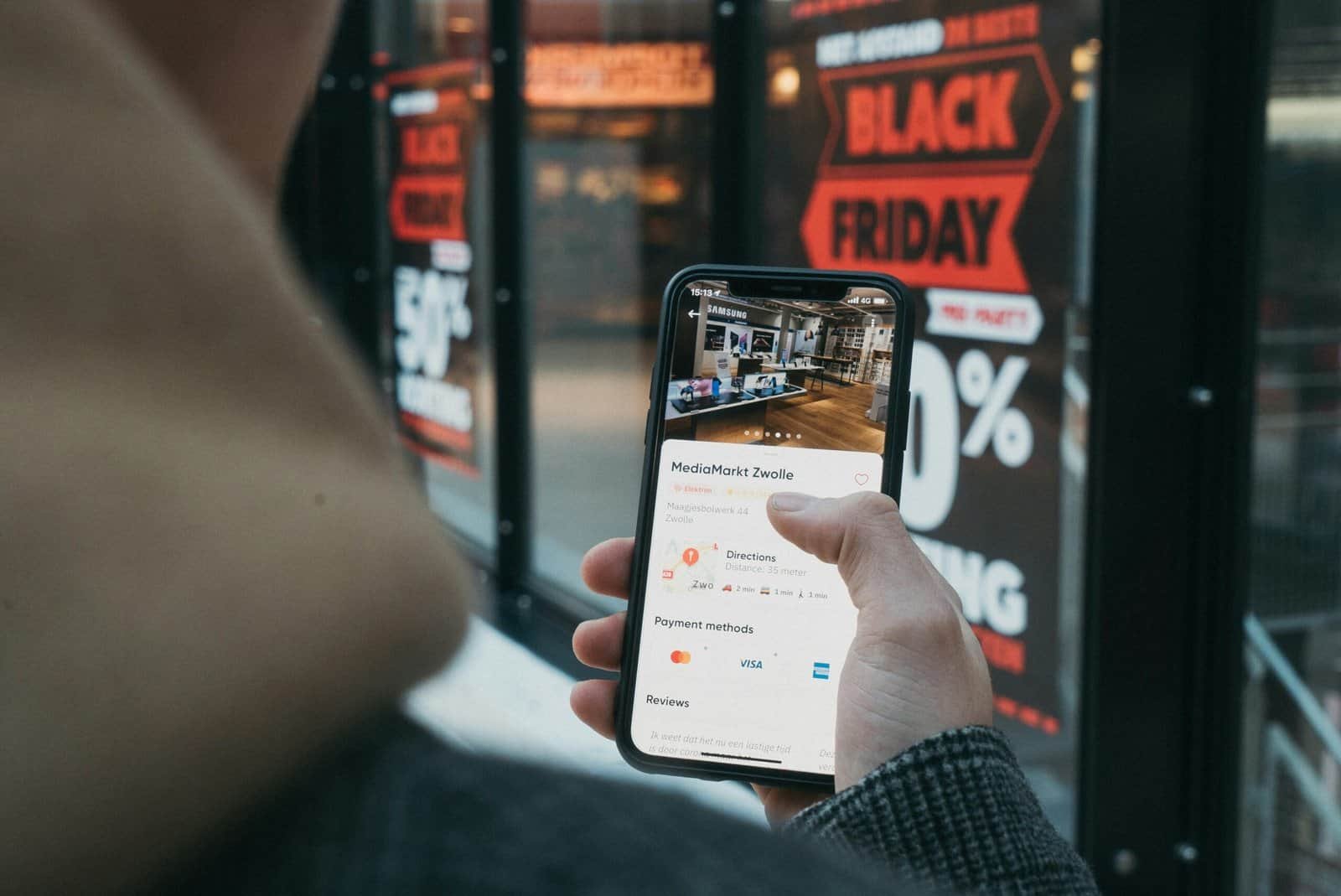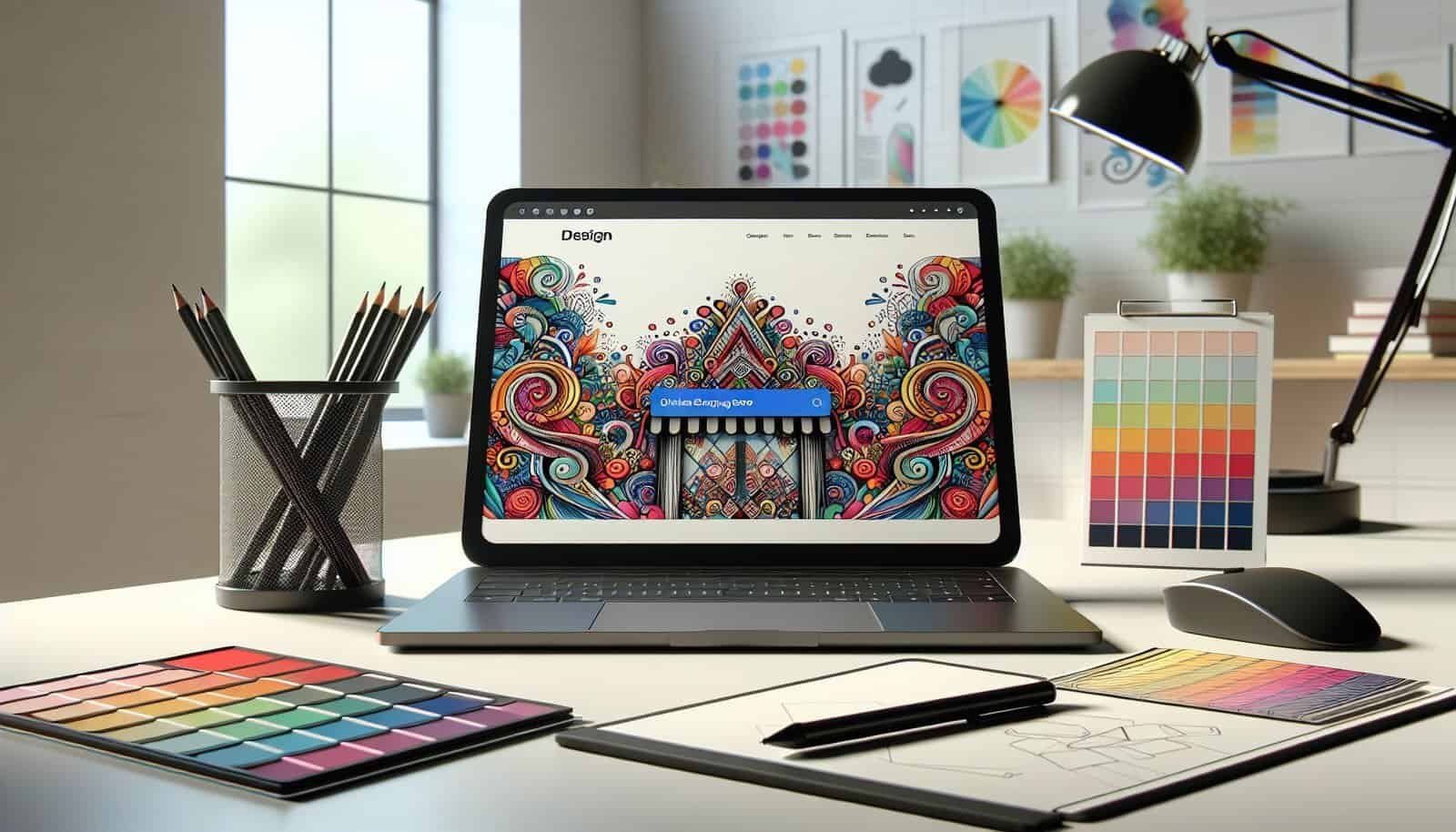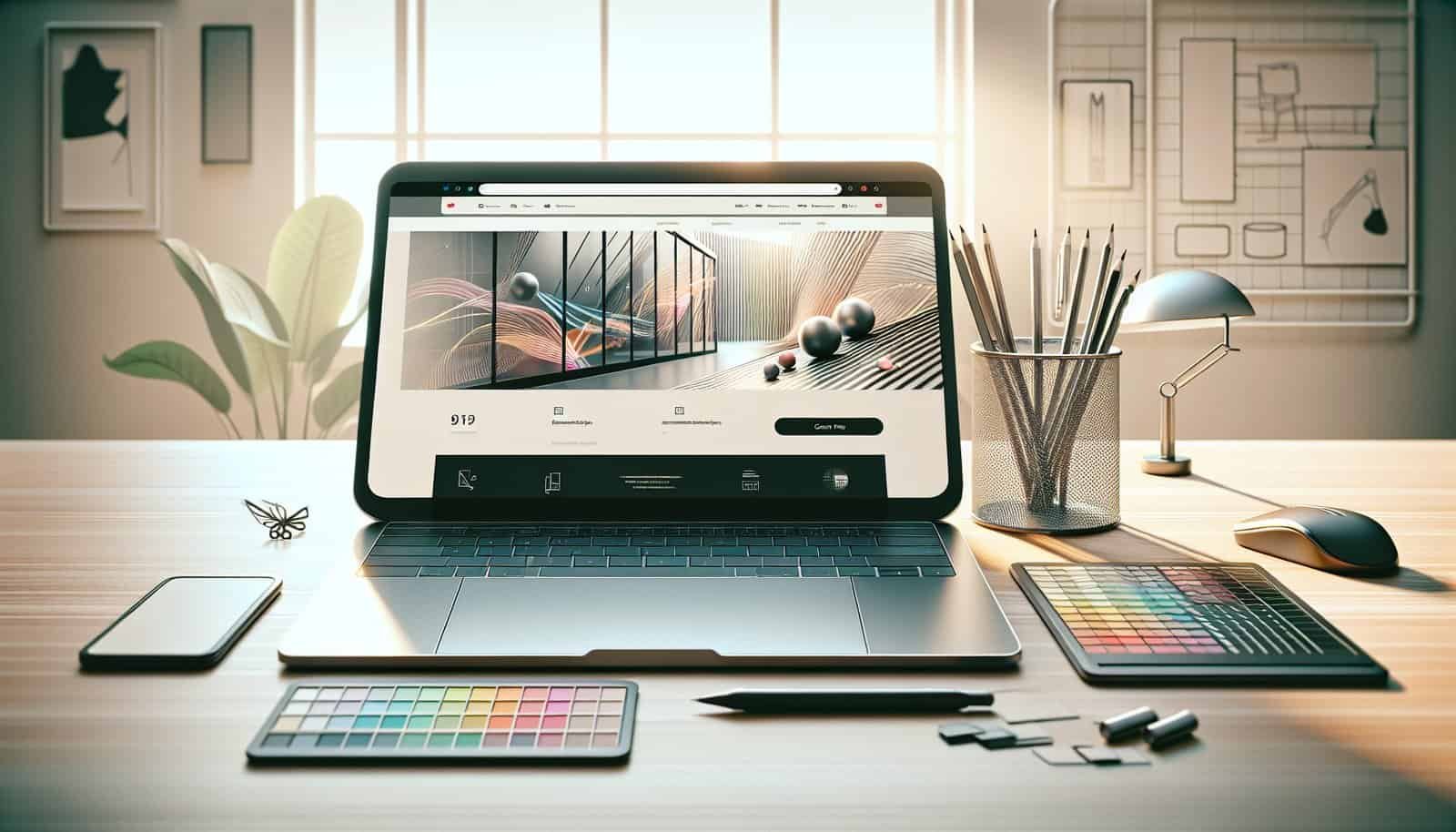Have you ever wondered what makes a Shopify store stand out in a sea of online retailers? In the bustling world of e-commerce, appearance and functionality often determine success. Shopify, an all-in-one commerce platform, has become a favorite among entrepreneurs for building an online presence. However, not every store built on Shopify automatically achieves success. A vital component to this is the design—both in terms of aesthetics and usability—crafted by a Shopify Store Designer.

Understanding the Role of a Shopify Store Designer
The role of a Shopify Store Designer is akin to an architect who designs the blueprint of your dream house. They combine artistry with functionality to create a visually stunning and user-friendly store that aligns with your brand’s identity. The designer doesn’t just focus on making your store look pretty; they ensure it conveys the right message to your audience and functions seamlessly across all devices.
Why Do You Need a Shopify Store Designer?
Hiring a Shopify Store Designer can feel like an added expense, but consider it an investment in your business. As you only get one first impression, having a professional design can dramatically affect your store’s performance. A well-designed store can increase customer engagement, lower bounce rates, and significantly boost sales.
Skills of a Shopify Store Designer
Having an eye for design isn’t the only ability that a Shopify Store Designer possesses. They bring a wide array of skills to the table:
- Graphic Design: Crafting visually appealing graphics and layouts.
- UI/UX Design: Ensuring the store is easy to navigate and provides a seamless experience.
- HTML/CSS and Liquid: Building and customizing themes through coding.
- SEO Knowledge: Optimizing the store for search engines.
- Responsive Design: Ensuring the site works well on all devices.
Common Misconceptions
You might think that Shopify already provides a range of themes; why then, do you need a designer? Pre-made themes are great, especially for small budgets, but they lack customization and uniqueness. A Shopify Store Designer tailors your store to reflect your brand and adds functionality that’s specific to your needs.
Steps Involved in Designing a Shopify Store
Designing a Shopify store is not an overnight task. It requires a series of steps that collectively build the ultimate e-commerce experience. Let’s delve into what these stages typically involve.
Research and Planning
Before any creative work begins, research is crucial. This phase involves understanding your brand, target audience, and competitors. It sets the stage for each decision throughout the design process. Your designer will plan the site’s structure and functionality, ensuring that it aligns with the latest e-commerce trends.
Wireframing and Prototyping
Wireframes provide a skeletal outline of your store, focusing on layout and structure rather than aesthetics. This step serves as a preliminary model to iron out any potential issues in usability before adding visual elements. Following approval of wireframes, designers create a prototype that simulates how the finished store will function.
Design and Development
This phase is where creativity shines. The designer develops visual elements—colors, typography, and graphics—in alignment with your brand identity. Meanwhile, the development aspect involves coding the design into a functioning website using HTML, CSS, and Shopify’s Liquid language.
Testing and Launch
Before launching, extensive testing is crucial to ensure the store functions as intended. Designers check for bugs, responsiveness, and load times, making necessary adjustments. Once satisfied with the store’s functionality and design, it is launched. However, even after launching, updates and tweaks are often required to maintain optimal performance.

Benefits of a Well-Designed Shopify Store
The advantages of investing in a well-designed store are manifold. Here are some key benefits that make a strong case for not ignoring design:
First Impressions Matter
The design of your store largely dictates the first impression potential customers have. A modern, clean design conveys professionalism and reliability, crucial elements for building trust.
Improved User Experience
A user-friendly design makes it easy for customers to navigate, find products, and make purchases quickly. This seamless experience encourages visitors to stay longer and explore more.
Builds Brand Identity
Your store design can reflect your brand’s personality, values, and story. It’s a powerful tool for differentiating your brand in a crowded market and making it memorable.
Boosts Conversion Rates
A strategically designed store not only attracts visitors but also converts them into customers. Well-placed calls to action, intuitive navigation, and a simple checkout process all contribute to higher conversion rates.
Scalability and Customization
As your business grows, your store should be able to scale with it. A professional designer ensures your store can accommodate growth, whether it’s expanding product lines or entering new markets.

Shopify Themes vs. Custom Design
One decision is whether to use a pre-made Shopify theme or invest in a custom design. Let’s weigh the options to see which suits your needs better.
Shopify Themes
Pros:
- Cost-Effective: Cheaper upfront cost.
- Quick Setup: Ready-to-use out of the box options.
- Responsive Design: Most themes come mobile-ready.
Cons:
- Limited Customization: Restricted adaptability and uniqueness.
- Generic Look: May not fully represent your brand.
Custom Design
Pros:
- Unique Branding: Tailored to fit your specific brand identity.
- Advanced Features: Custom functionality to meet your business needs.
- Flexible Growth: Easily scalable as your business evolves.
Cons:
- Higher Cost: Greater initial investment required.
- Longer Development Time: Requires more time for creation and tweaking.
Table: Shopify Themes vs. Custom Design
| Feature | Shopify Themes | Custom Design |
|---|---|---|
| Cost | Low | High |
| Setup Time | Quick | Longer |
| Customization | Limited | Extensive |
| Uniqueness | Generic | Unique |
| Scalability | Moderate | High |
| Upfront Investment | Lower | Higher |

Tips for Choosing the Right Shopify Store Designer
Selecting the right designer for your Shopify store is crucial. Here are some pointers to help you make the best choice:
Portfolio Examination
Look for designers with a diverse portfolio. Examine past projects for quality, creativity, and relevance to your industry.
Client Testimonials
Testimonials and reviews offer insights into the designer’s professionalism and client satisfaction. Positive feedback can provide confidence in your choice.
Communication Skills
Effective communication is crucial. You need a designer who listens to your ideas, understands your vision, and provides clear explanations and updates throughout the process.
Technical Expertise
Ensure your chosen designer is well-versed in Shopify, with the technical proficiency to implement the features you need and integrate any third-party applications smoothly.
Budget Alignment
While cost shouldn’t be your only concern, it’s essential to find a designer whose services align with your budget without compromising on quality.

Conclusion
The importance of a Shopify Store Designer cannot be overstated. They bridge the gap between your vision and the reality of a successful online store. Their skills ensure that your website is not only visually appealing but also user-friendly and optimized for sales. Whether you opt for a pre-made theme or a custom design, a designer can elevate your store to new heights, helping your brand to thrive in the competitive world of e-commerce.
Taking the time to choose the right designer ensures your online store reflects who you are and what you offer in the best light possible. The journey may require effort and investment, but the payoff in customer engagement, sales, and brand recognition is indeed worthwhile. Now that you are equipped with the knowledge of Shopify Store Design, why not take a step closer to creating a digital space that truly resonates with your audience?
